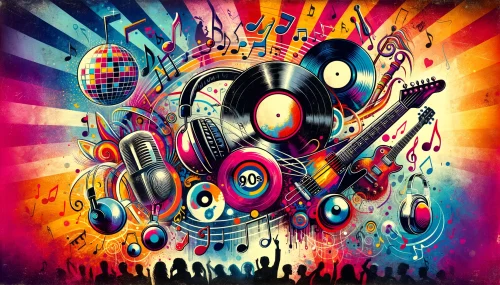“Music is the soundtrack of your life,” said Dick Clark, the American radio and television personality who played a pivotal role in popularizing rock ‘n’ roll in the 1950s. This statement holds a profound truth—music shapes our experiences, memories, and identities. But when we look back at the annals of music history, one question often sparks passionate debates among enthusiasts: Which decade was the greatest for music?
In this article, we will delve into this intriguing debate, examining the defining characteristics of each decade to determine which stands out as the most impactful in music history. From the rebellious anthems of the 1960s to the digital innovations of the 2000s, each era brought unique contributions that left indelible marks on the musical landscape.
To navigate this exploration, we will evaluate each decade based on four key criteria: innovation, influence, diversity, and cultural impact. Innovation will consider how each decade introduced new genres, styles, and technological advancements. Influence will measure the lasting effect of each era’s music on future generations and genres. Diversity will examine the range of musical expressions and the inclusivity of different voices and styles. Finally, cultural impact will assess how the music of each decade reflected and shaped the societal and cultural movements of its time.
The 1960s: The Birth of Modern Rock
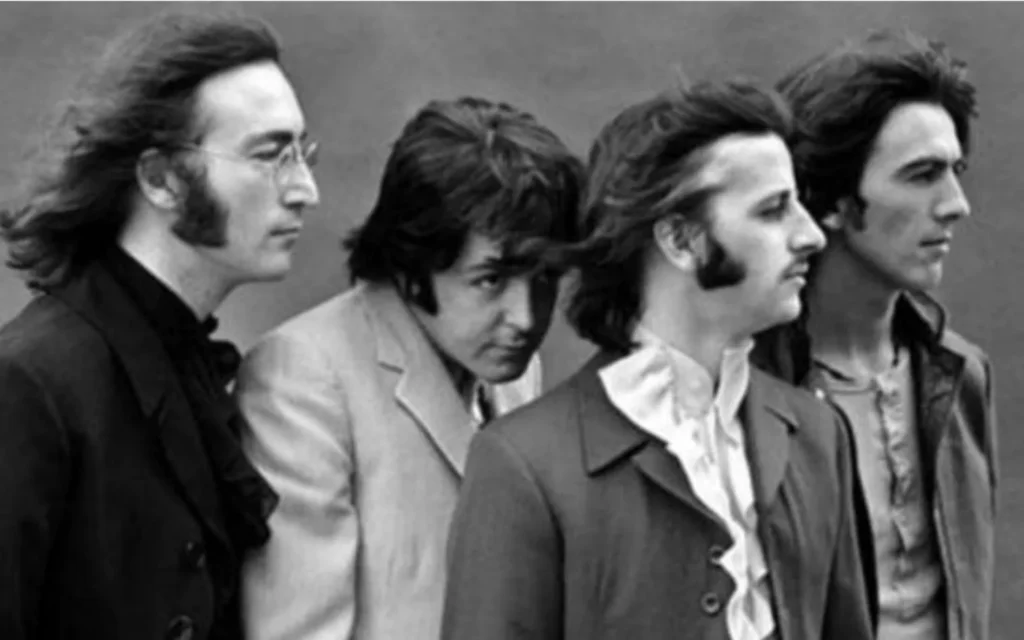
The 1960s marked an explosive era in music history, giving rise to modern rock and a plethora of other transformative genres. This decade witnessed the ascension of rock ‘n’ roll, propelled by the energy and rebellious spirit of a new generation. The British Invasion, with bands like The Beatles and The Rolling Stones, revolutionized the global music scene, while folk music, spearheaded by artists such as Bob Dylan, became the anthem of the counterculture movement.
Key Genres and Movements
The rise of rock ‘n’ roll in the 1960s set the stage for a musical revolution. Initially influenced by the sounds of the 1950s, rock ‘n’ roll evolved into a more complex and diverse genre. The British Invasion, beginning with The Beatles’ appearance on “The Ed Sullivan Show” in 1964, brought a wave of British bands to American shores, reshaping the landscape of popular music. Folk music also experienced a resurgence, with artists like Bob Dylan using their songs as powerful vehicles for social commentary. Meanwhile, the counterculture movement, fueled by anti-establishment sentiments, found its voice in the psychedelic rock of bands like The Doors and Jefferson Airplane.
Influential Artists
The Beatles, arguably the most influential band in history, redefined what a rock band could achieve, with their innovative songwriting and studio experimentation. The Rolling Stones, with their bluesy rock sound and charismatic stage presence, became icons of rebellion. Bob Dylan emerged as a folk hero, his poignant lyrics addressing issues of civil rights and war resonating deeply with the youth of the era. Jimi Hendrix, with his revolutionary guitar techniques and electrifying performances, pushed the boundaries of rock music, creating a legacy that still influences guitarists today.
Cultural Impact
The music of the 1960s was a mirror to the societal changes of the time, reflecting and often driving the era’s revolutionary spirit. The civil rights movement found anthems in songs like Sam Cooke’s “A Change Is Gonna Come” and Dylan’s “Blowin’ in the Wind,” which galvanized support for equality and justice. The anti-war protests, particularly against the Vietnam War, were underscored by powerful tracks such as “Fortunate Son” by Creedence Clearwater Revival and “Give Peace a Chance” by John Lennon. Music festivals, most notably Woodstock in 1969, became emblematic of the counterculture, showcasing the era’s eclectic mix of genres and the unifying power of music.
The 1970s: The Era of Experimentation
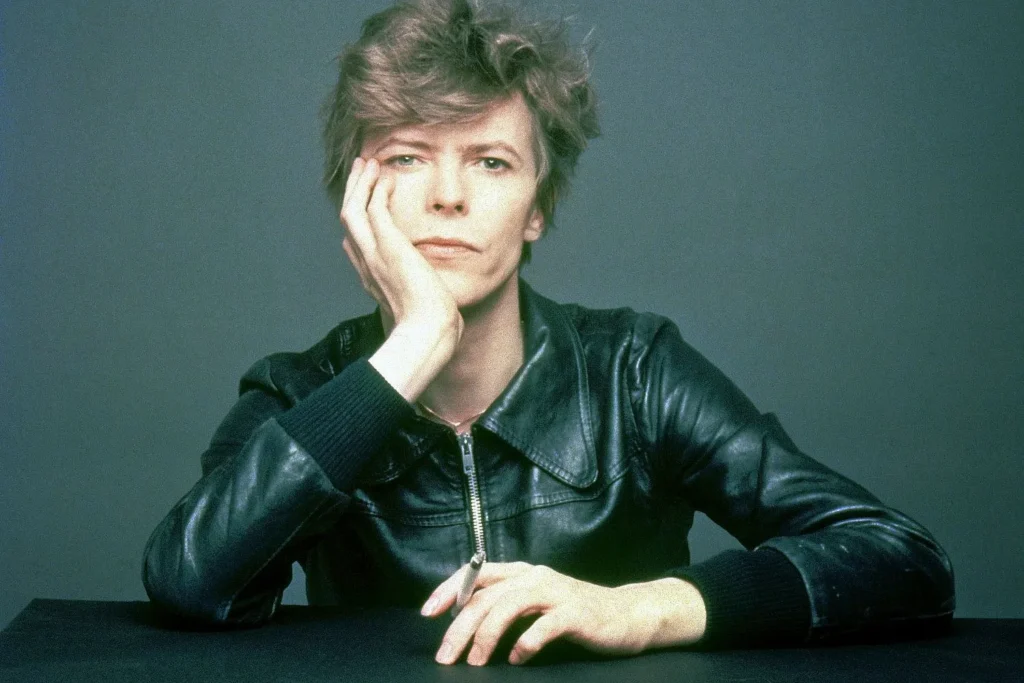
The 1970s were a decade of bold experimentation and genre-blending, marking a period where music pushed the boundaries of creativity and cultural influence. This era saw the rise of disco, punk, funk, and progressive rock, each contributing to a rich tapestry of sounds that defined the decade.
Key Genres and Movements
The 1970s were a playground for diverse musical experimentation. Disco emerged as a dominant force, with its infectious dance beats and glamorous nightlife appeal. Clubs like Studio 54 in New York City became epicenters of this glittering movement. Punk rock, with its raw energy and anti-establishment ethos, provided a stark contrast to disco’s polished sheen, giving voice to youth disillusionment. Funk, characterized by its rhythmic grooves and soulful vibe, thrived with artists like James Brown and Parliament-Funkadelic leading the charge. Progressive rock, or prog rock, pushed musical boundaries with complex compositions and elaborate live performances, epitomized by bands like Pink Floyd and Yes.
Influential Artists
David Bowie was a chameleon of the 1970s, constantly reinventing himself and influencing countless genres from glam rock to soul. His alter ego, Ziggy Stardust, became an icon of the era. Led Zeppelin dominated the rock scene with their powerful sound and virtuoso performances, becoming one of the best-selling music artists in history. ABBA, with their catchy pop melodies and harmonious vocals, became international superstars, bringing Swedish music to the global stage. The Sex Pistols, spearheading the punk movement, were provocateurs who used their music to challenge societal norms and political complacency.
Cultural Impact
Music in the 1970s played a pivotal role in the social and cultural transformations of the time. Disco, with its celebration of dance and freedom, was intrinsically linked to the sexual revolution, promoting a more liberated and inclusive nightlife culture. The rise of club culture not only created new social spaces but also fostered a sense of community and expression, especially among marginalized groups, including the LGBTQ+ community.
Punk rock’s DIY ethos and rebellious spirit provided a powerful outlet for political expression, critiquing the status quo and advocating for change. Songs like “God Save the Queen” by The Sex Pistols encapsulated the anti-establishment sentiments prevalent among the youth. Funk music, with its roots in African American culture, became a conduit for exploring themes of identity, resistance, and empowerment, resonating deeply during a time of ongoing civil rights struggles.
Progressive rock’s elaborate and often conceptual albums reflected a time when musicians sought to break free from traditional formats, embracing experimentation both in sound and in the thematic content of their music. This era also saw the proliferation of concept albums, where storytelling through music reached new artistic heights.
The 1980s: The Age of MTV and Pop
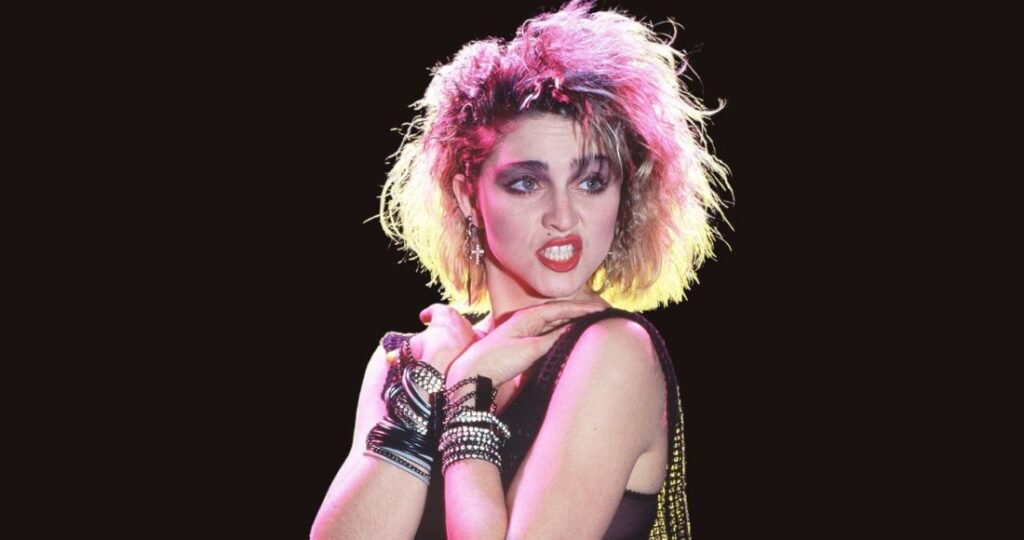
The 1980s were a transformative decade for music, marked by the advent of MTV and the ascendancy of pop, new wave, heavy metal, and hip-hop. This era was characterized by a visual revolution in music, where image became as crucial as sound, and genres proliferated in ways that would shape the musical landscape for decades to come.
Key Genres and Movements
The 1980s saw pop music rise to unparalleled heights, driven by catchy melodies, polished production, and the star power of its leading figures. New wave, with its synthesis of punk rock energy and electronic instrumentation, offered a fresh, futuristic sound that captivated audiences. Heavy metal evolved, with bands like Metallica and Iron Maiden pushing the genre’s boundaries and achieving global success. Meanwhile, hip-hop emerged from the streets of New York City, evolving from a niche cultural movement into a dominant force in popular music.
Influential Artists
Michael Jackson, crowned the “King of Pop,” became an icon of the 1980s. His album “Thriller” not only broke sales records but also showcased his innovative music videos that were cinematic masterpieces. Madonna, the “Queen of Pop,” redefined what it meant to be a female pop star with her provocative image and boundary-pushing music, creating hits like “Like a Virgin” and “Material Girl.” Prince, with his extraordinary musical talent and eclectic style, produced genre-blending albums like “Purple Rain,” which cemented his status as a musical genius. Run-DMC, one of the most influential groups in hip-hop, bridged the gap between rap and rock with their groundbreaking collaboration with Aerosmith on “Walk This Way,” bringing hip-hop to a broader audience.
Cultural Impact
MTV, launched in 1981, revolutionized music consumption by making music videos a central aspect of the music industry. This visual platform transformed artists into global superstars, making image and style as significant as musical talent. The music video for Michael Jackson’s “Thriller” became a cultural phenomenon, showcasing the potential of this new medium.
MTV also influenced fashion trends, with artists’ styles becoming aspirational for fans worldwide. Madonna’s eclectic and bold fashion choices, for instance, set trends and empowered women to express themselves more freely. Prince’s flamboyant and androgynous style challenged gender norms and inspired a generation to embrace individuality.
The globalization of pop culture accelerated during the 1980s, driven by the widespread reach of MTV. Artists from diverse backgrounds and genres gained international fame, breaking down cultural barriers and fostering a more interconnected global music scene. This decade also saw the rise of music festivals and large-scale concerts, further cementing music’s role as a unifying cultural force.
The 1990s: The Rise of Alternative and Hip-Hop
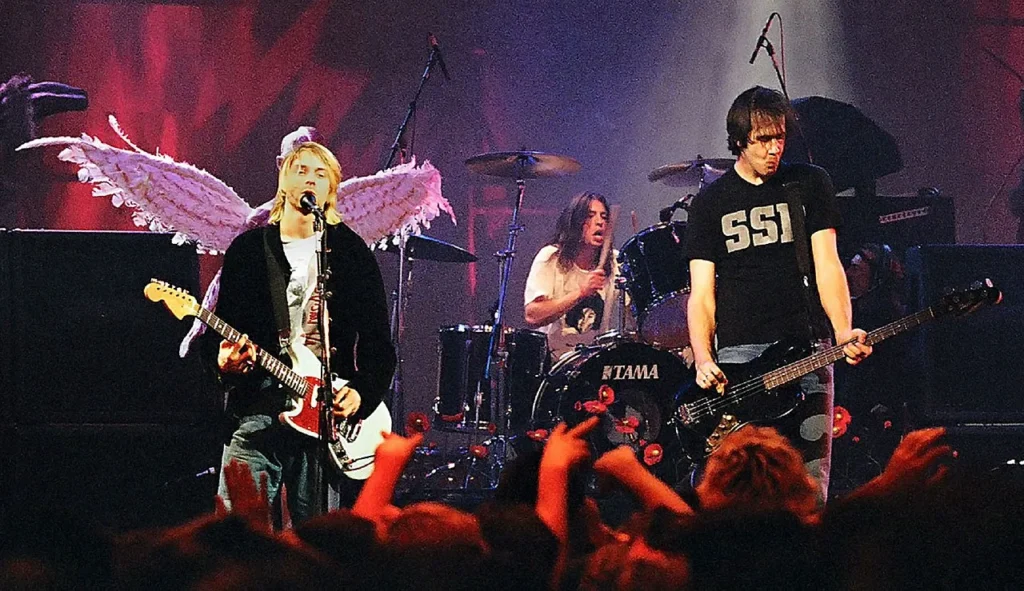
The 1990s were a decade of profound musical diversity and innovation, marked by the rise of alternative rock and hip-hop, along with significant developments in electronic music. This era saw the mainstream embrace of genres that had previously existed on the fringes, creating a rich and varied musical landscape.
Key Genres and Movements
Grunge and alternative rock became defining sounds of the 1990s, characterized by their raw, unpolished aesthetic and introspective lyrics. Originating in the Pacific Northwest, grunge bands like Nirvana, Pearl Jam, and Soundgarden brought a new sense of authenticity to rock music. Alternative rock, with its broader scope, included acts like Radiohead and R.E.M., who pushed the boundaries of rock with their experimental approaches.
Hip-hop continued its meteoric rise from the 1980s, evolving into a dominant cultural force. Artists like Tupac Shakur, The Notorious B.I.G., and Nas brought storytelling and social commentary to the forefront of their music, addressing issues of urban life, identity, and systemic inequality. Meanwhile, the West Coast and East Coast hip-hop rivalry added a dramatic narrative to the genre’s development.
Electronic music gained significant traction in the 1990s, with acts like The Prodigy, The Chemical Brothers, and Fatboy Slim bringing the sounds of rave culture and techno to mainstream audiences. This period also saw the emergence of trip-hop, pioneered by artists like Massive Attack and Portishead, blending electronic beats with moody, atmospheric elements.
Influential Artists
Nirvana, led by Kurt Cobain, became the poster child for the grunge movement with their groundbreaking album “Nevermind” and the iconic single “Smells Like Teen Spirit.” Tupac Shakur emerged as one of hip-hop’s most influential voices, with his poetic and often incendiary lyrics reflecting his life experiences and broader social issues. Radiohead, with albums like “OK Computer” and “The Bends,” redefined alternative rock with their innovative soundscapes and complex themes. The Prodigy brought a new level of aggression and energy to electronic music, with their album “The Fat of the Land” becoming a seminal work in the genre.
Cultural Impact
The 1990s saw the internet begin to revolutionize music distribution. Napster, launched in 1999, introduced peer-to-peer file sharing, fundamentally changing how people accessed and shared music. This shift marked the beginning of the digital music era, challenging traditional music industry models and paving the way for future innovations like streaming services.
Music festivals experienced a resurgence during the 1990s, becoming crucial cultural events that showcased a diverse array of genres. Festivals like Lollapalooza, Glastonbury, and Coachella provided platforms for emerging artists and created communal experiences that celebrated music’s evolving landscape.
The 1990s were also a decade of genre blending, with artists increasingly incorporating diverse influences into their music. This period saw the fusion of rock and rap, exemplified by collaborations like Run-DMC and Aerosmith’s “Walk This Way,” as well as the rise of nu-metal bands like Korn and Limp Bizkit. Electronic elements began to permeate pop and rock music, creating hybrid genres that expanded musical possibilities.
The 2000s: The Digital Revolution
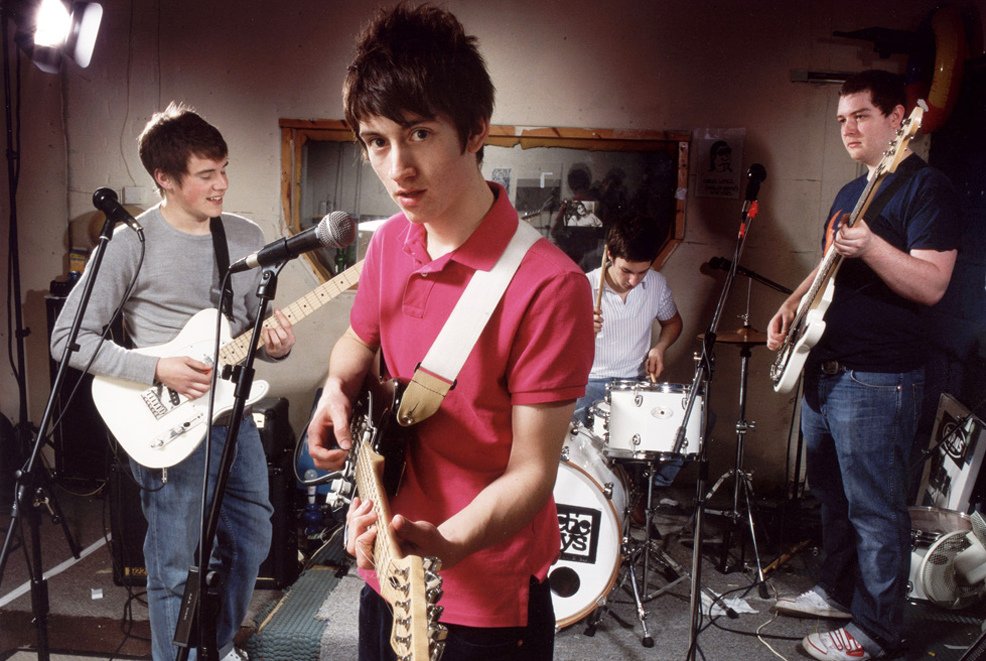
The 2000s ushered in a new era in music, driven by the rapid advancement of digital technology and the internet. This decade saw the emergence of indie rock and emo, the continued evolution of hip-hop and pop, and the profound impact of digital downloads, streaming services, and social media on music promotion and fan engagement.
Key Genres and Movements
The 2000s witnessed the rise of indie rock, characterized by its DIY ethos and a sound that often diverged from mainstream pop. Bands like The Strokes, Arctic Monkeys, and Arcade Fire brought a fresh, raw energy to the music scene, drawing from various influences and emphasizing authenticity. Emo, with its deeply emotional lyrics and distinctive fashion, became a significant subculture, with bands like My Chemical Romance and Fall Out Boy gaining massive followings.
Hip-hop continued to dominate the charts, evolving in complexity and style. Artists like Eminem pushed lyrical boundaries and addressed personal and social issues with unprecedented candor. Pop music also evolved, with artists like Beyoncé and Lady Gaga leading the way, blending elements from various genres to create innovative and chart-topping hits.
Influential Artists
Beyoncé emerged as a powerhouse in the 2000s, with her solo career taking off after her time with Destiny’s Child. Albums like “Dangerously in Love” and “B’Day” showcased her vocal prowess, stage presence, and ability to constantly reinvent herself. Eminem, with his provocative lyrics and complex storytelling, became one of the most influential rappers of the decade, producing landmark albums such as “The Marshall Mathers LP.”
Coldplay, with their melodic and emotionally resonant music, became a leading force in the alternative rock scene, releasing critically acclaimed albums like “A Rush of Blood to the Head.” Lady Gaga burst onto the scene with her flamboyant style and genre-blending music, pushing the boundaries of pop with hits like “Poker Face” and “Bad Romance.”
Cultural Impact
The digital revolution fundamentally changed how music was distributed and consumed. The rise of digital downloads, spearheaded by platforms like iTunes, allowed consumers to purchase individual tracks rather than entire albums, reshaping the economics of the music industry. The late 2000s saw the advent of streaming services like Spotify, which revolutionized music access, allowing users to stream vast libraries of music on demand.
Social media became a critical tool for music promotion and fan engagement. Platforms like MySpace, and later Facebook and Twitter, enabled artists to reach global audiences directly, fostering a more intimate and interactive relationship with their fans. This new digital landscape also allowed independent artists to gain visibility without traditional industry backing, democratizing music distribution.
The impact of the internet extended to music discovery and sharing, with blogs, forums, and user-generated content influencing trends and tastes. The viral potential of platforms like YouTube gave rise to new stars, as seen with Justin Bieber’s rise to fame through his YouTube videos.
Honorable Mentions

As we traverse the rich tapestry of music history, it’s essential to acknowledge the profound contributions of other decades and regions that have shaped the global musical landscape. While our primary focus has been on the transformative decades from the 1960s onwards, the roots of modern music stretch back even further, and significant developments outside the Western world have equally left their mark.
Other Decades
The 1950s were the birthplace of rock ‘n’ roll, a genre that revolutionized music and youth culture. Pioneers like Elvis Presley, Chuck Berry, and Little Richard brought a new energy and rebellious spirit to the music scene, laying the groundwork for future rock and pop music. This decade also saw the rise of doo-wop and the early beginnings of rhythm and blues, genres that would heavily influence the sounds of subsequent decades.
The 1940s were dominated by jazz and blues, genres that were critical in the development of American music. Artists like Duke Ellington, Billie Holiday, and Muddy Waters pushed musical boundaries and provided a soundtrack to a world undergoing significant social and political change. The bebop revolution, led by figures like Charlie Parker and Dizzy Gillespie, redefined jazz with its complex structures and improvisational brilliance.
Global Perspective
Outside the Western world, significant musical developments were occurring, often influencing and being influenced by Western music trends.
In Africa, the 1960s and 1970s saw the rise of Afrobeat, pioneered by Nigerian legend Fela Kuti. This genre blended traditional African rhythms with jazz, funk, and highlife, creating a powerful and politically charged sound that resonated globally.
In Latin America, the 1950s and 1960s experienced the explosion of bossa nova and samba in Brazil, with artists like João Gilberto and Antonio Carlos Jobim gaining international acclaim. Similarly, salsa music, rooted in Cuban and Puerto Rican traditions, flourished in New York City during the 1970s, with figures like Celia Cruz and Willie Colón leading the charge.
In Asia, the 1980s and 1990s saw the emergence of J-pop and K-pop, which have since become global phenomena. Japan’s vibrant music scene produced influential artists like Yellow Magic Orchestra, whose work in electronic music left a lasting legacy. South Korea’s K-pop industry, with groups like H.O.T. and Seo Taiji and Boys, began to lay the foundation for what would become a worldwide cultural force in the new millennium.
In the Caribbean, reggae music emerged from Jamaica in the 1960s and 1970s, with Bob Marley and The Wailers becoming international symbols of peace, love, and social justice. The infectious rhythms and socially conscious lyrics of reggae influenced countless artists and genres worldwide.
In India, Bollywood music, a blend of classical, folk, and modern sounds, continued to evolve throughout the 20th century, with playback singers like Lata Mangeshkar and Kishore Kumar becoming household names. The influence of Indian music on Western artists, including The Beatles, highlighted its global appeal.
Ranking the Greatest Decades for Music
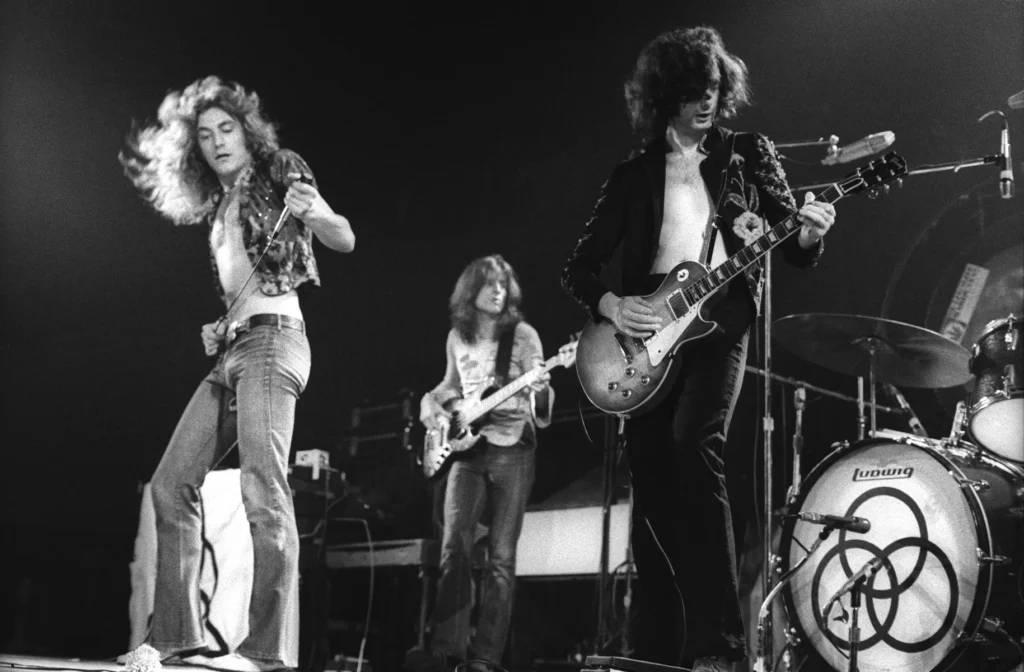
Determining the greatest decade for music involves balancing various criteria such as innovation, influence, diversity, and cultural impact. Here’s a ranked list based on the criteria mentioned, with detailed reasons for each position:
1. The 1970s: The Era of Experimentation
Reason for Ranking: The 1970s stand out as the most influential and innovative decade due to its remarkable diversity and cultural impact. This era was characterized by an explosion of genres—disco, punk, funk, and progressive rock—each pushing musical boundaries and fostering experimentation. The fusion of different styles and the emergence of new sounds created a dynamic and transformative musical landscape.
Iconic artists like David Bowie, Led Zeppelin, ABBA, and The Sex Pistols not only defined the sound of the decade but also left a lasting legacy that continues to inspire musicians today. Additionally, the 1970s played a crucial role in reflecting and shaping social movements, from the sexual revolution to political expression, cementing its place as the greatest decade for music.
2. The 1980s: The Age of MTV and Pop
Reason for Ranking: The 1980s earned its position as the second greatest decade due to its transformative impact on music consumption and pop culture. The advent of MTV revolutionized the music industry, making visual appeal as important as musical talent and propelling artists like Michael Jackson, Madonna, Prince, and Run-DMC to global superstardom. The decade was marked by the dominance of pop, new wave, heavy metal, and hip-hop, each contributing to a rich and varied musical landscape. The 1980s also set trends in fashion and lifestyle, influencing not just music but the broader cultural zeitgeist. The global reach of MTV and the iconic status of its artists solidified the 1980s as a pivotal period in music history.
3. The 1960s: The Birth of Modern Rock
Reason for Ranking: The 1960s are ranked third due to their profound influence on future generations and their significant cultural impact. This decade was the birthplace of modern rock, with the British Invasion, folk music revival, and the counterculture movement driving musical innovation. Artists like The Beatles, The Rolling Stones, Bob Dylan, and Jimi Hendrix revolutionized music with their groundbreaking sounds and socially conscious lyrics. The 1960s also played a vital role in reflecting and influencing social changes, including the civil rights movement and anti-war protests. While its contributions are undeniable, the 1960s are ranked third because the subsequent decades built upon and diversified its foundational innovations.
4. The 1990s: The Rise of Alternative and Hip-Hop
Reason for Ranking: The 1990s come in fourth, celebrated for their eclectic mix of genres and the rise of alternative rock and hip-hop. This decade saw grunge bands like Nirvana and alternative acts like Radiohead pushing musical boundaries, while hip-hop artists like Tupac Shakur and The Notorious B.I.G. brought storytelling and social commentary to the forefront. The 1990s also marked the beginning of the internet’s impact on music distribution, setting the stage for the digital revolution. While influential and diverse, the 1990s are ranked fourth because they largely expanded upon the innovations of the previous decades rather than introducing entirely new paradigms.
5. The 2000s: The Digital Revolution
Reason for Ranking: The 2000s are ranked fifth, recognized for their significant technological advancements and the rise of digital music. The advent of digital downloads, streaming services, and social media transformed how music was distributed and consumed, democratizing the music industry and changing the artist-fan relationship. Key players like Beyoncé, Eminem, Coldplay, and Lady Gaga dominated the charts and redefined pop and hip-hop. Despite these contributions, the 2000s are ranked fifth because their primary impact was technological rather than purely musical, building on the foundational changes of previous decades rather than introducing as many groundbreaking new sounds.
